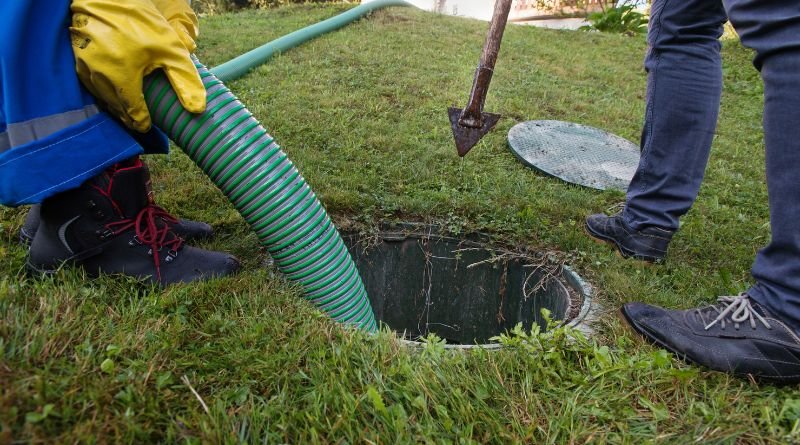A septic tank installation is a significant part of rehabilitating a home. It is essential to have a professional and knowledgeable plumber install it. If the tank is improperly installed, it can lead to severe problems such as mold and a sewage leak. To avoid these problems, you must have the installation done right first. There are many things to consider when installing a septic tank, including horizontal and vertical separation distances and proper ventilation.
Proper ventilation
One of the most important aspects of a septic tank installation Orlando, FL is proper ventilation. This is essential to prevent many problems, including foul smells, airlock problems, and waste backups. If you are having any of these problems, you should get your system checked out by a qualified septic professional. There are several ways to improve the ventilation of your septic system. The first is to install a yard-based septic vent. These are typically capped white PVC pipes.
They serve the dual purpose of restoring air pressure in the drain and providing some much-needed ventilation. Another good idea is to install a charcoal vent filter. This will purify the gases and remove the odor. You can attach this filter to your rooftop ventilation pipe, a secondary septic ventilation system. If you’ve got a large tank, a yard-based septic vent can be a great way to provide some much-needed oxygen to the soil surrounding the tank. It’s also the best way to avoid buying a new septic system.
Horizontal and vertical separation distances
When planning for a new septic system, it’s a good idea to consider horizontal and vertical separation distances. This will help to prevent any cross-contamination from occurring. Whether you install a septic tank or a public well, you’ll need to keep these distances in mind. A septic system is an underground structure designed to treat wastewater and remove solids and nutrients. It consists of a septic tank and an effluent filter. Both need to be maintained, cleaned, and inspected periodically. The septic tank must be watertight, and the effluent filter must be appropriately vented to avoid the backup. Wastewater flows through a septic tank by gravity. In a septic tank, the primary purpose is to separate solids from the liquids in the wastewater. The septic tank’s baffles at the inlet helps to regulate the flow of the effluent. Another essential part of a septic system is the distribution line. Distribution lines are usually installed in trenches or mounds built over the original soil. They may be perforated plastic pipes or impermeable concrete.
Products that “clean” a septic tank
There are many products out there that claim to clean a septic tank installation. These products include drain cleaners and disinfectants. However, it would be best to remember that some of these products can harm your septic system. Some of them contain solvents or chemicals that can contaminate your groundwater. You should also avoid using yeast-based products, which can harm your soil. They can also disrupt the bacterial action in your septic tank.
Before you buy any product that claims to clean a septic tank, you should check the Environmental Protection Agency’s (EPA) numbers for chemicals. These are used to determine how safe they are. The effluent from a septic tank should never be discharged into a ditch or the ground. Instead, it should be removed into a distribution box. This prevents the spreading of pollutants and ensures that the solids are not released into the absorption field.
Safety precautions to avoid near septic tank openings
If you are building a septic tank, you will need to consider the safety precautions that need to be taken around the tank openings. Failure to follow instructions from the manufacturer can cause the tank to tilt. This can lead to an overflow. It may also expose you to toxic gases. Septic tanks need to be inspected every year.
You can do this by examining the cover and the baffles. Also, you will need to clean out the septic tank. In addition, you can check the inlet and outlet pipes. A septic tank should have an inlet pipe that extends at least eight inches below the liquid level. The outlet pipe should be located at least three inches above the fluid level. Floating scum in the inlet can plug the channel. There should be an access maintenance hole at least 20 inches in diameter. The maintenance hole should be watertight and child and tamper-resistant.
